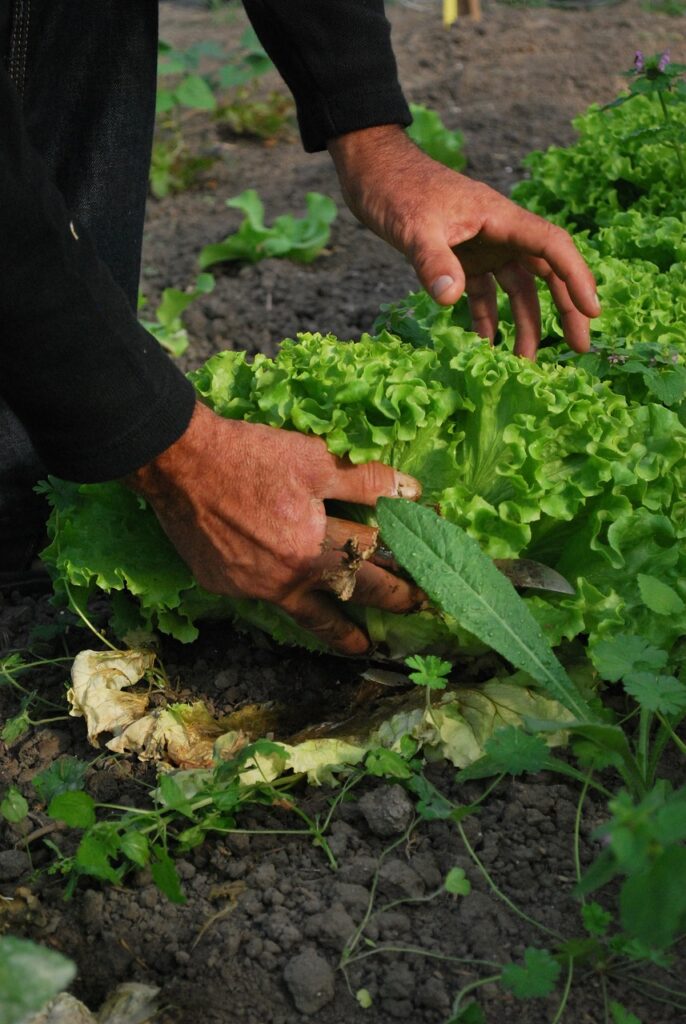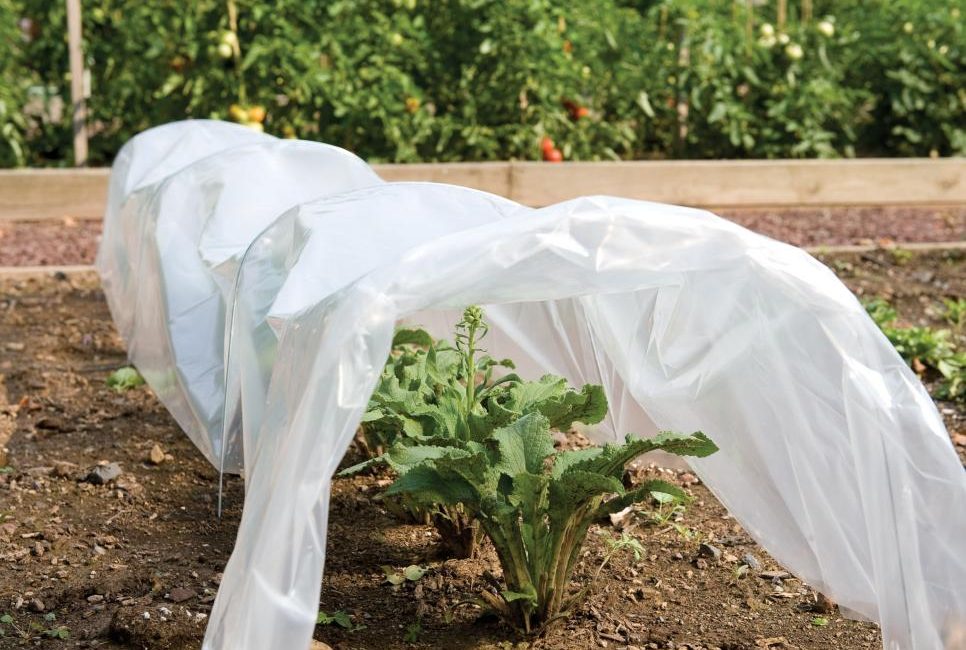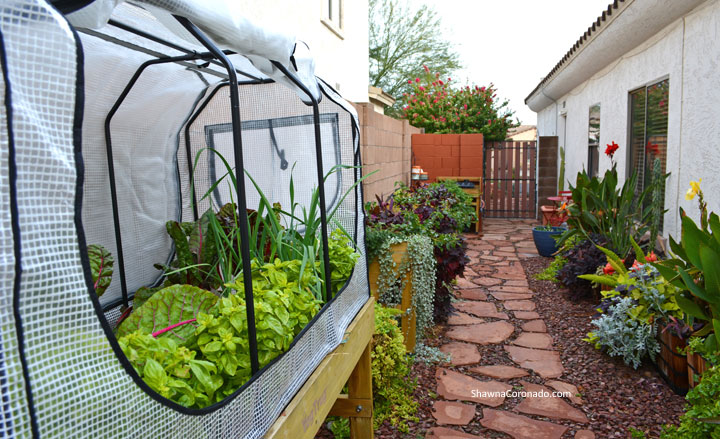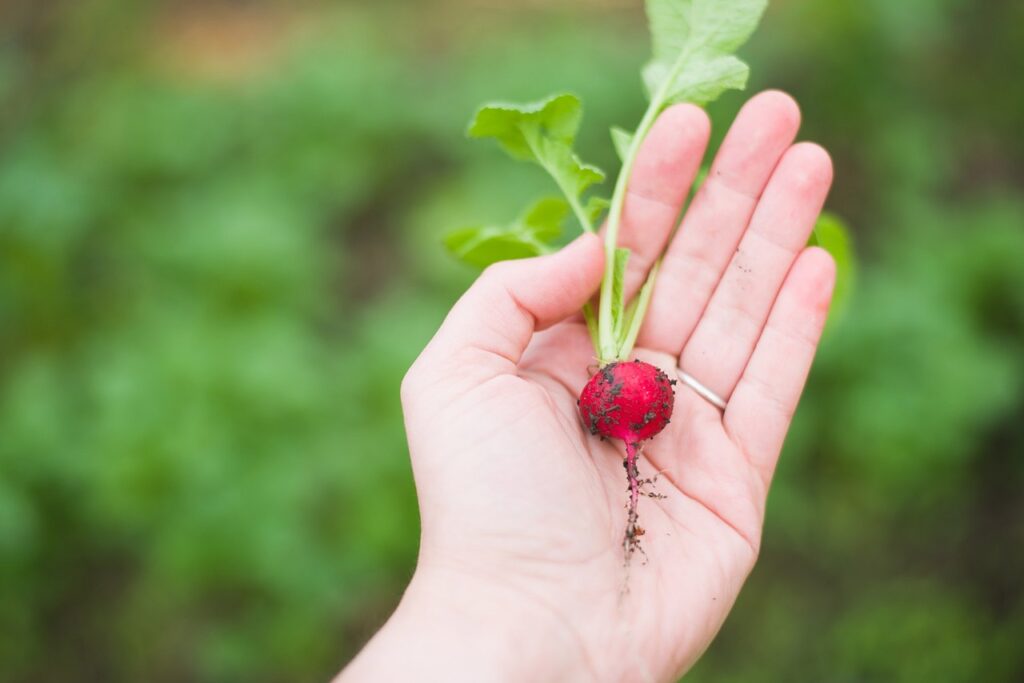Southwest Winter Gardening: What and How to Grow in Cold Months

Winter may seem like a time to put your garden to rest, but the desert Southwest tells a different story about what and how to grow in cold months. The colder months here offer the perfect opportunity to grow a variety of crops that thrive in cooler weather. With the right techniques and a selection of winter-friendly plants, you can enjoy fresh produce straight from your garden. In this guide, we’ll explore what and how to grow in cold months to make the most of your winter gardening in Arizona or the desert Southwest.

Why Winter Gardening Works in the Desert Southwest
The desert Southwest, including Arizona, has a unique climate that allows for successful gardening year-round. In winter, the extreme heat drops off, making it ideal for cool-season crops. Unlike colder regions, the winters here are mild. That means you can grow a wide range of vegetables, greens, and even herbs throughout the season.
But there are challenges. Frost can strike on occasion, and shorter daylight hours mean you’ll need to adjust your approach to planting and care. Let’s dive into the crops that grow well and the steps you can take to keep your winter garden thriving.
The Best Crops for Winter Gardening
To have a successful winter garden in the desert Southwest, it’s essential to choose crops that love cool weather. Here are some top picks for what and how to grow in cold months.
Leafy Greens
Leafy greens are one of the best choices for winter gardening in the desert. They’re easy to grow and flourish in cooler temperatures.

- Lettuce: Choose a variety of lettuces like romaine, butterhead, or loose-leaf. They can handle a little frost and grow quickly.
- Spinach: Spinach loves cooler weather. Plant it in full sun for quick results.
- Kale: A frost-hardy green, kale becomes even sweeter after a cold snap.
- Swiss Chard: Swiss chard is another hardy leafy green that tolerates cold and keeps producing throughout winter.
Root Vegetables
Root crops grow well when planted in fall or early winter.
- Carrots: These root veggies prefer cooler soil. Mulch helps keep them cozy as temperatures drop.
- Radishes: Radishes are fast growers, giving you a harvest in just a few weeks.
- Beets: Beets enjoy cool weather and their leaves can be harvested along with the root.
Brassicas
This family of vegetables thrives in the desert’s winter months.
- Broccoli: Plant broccoli early in the season, as it enjoys cooler temperatures.
- Cabbage: Cabbage is frost-tolerant and will form tight heads during cooler months.
- Cauliflower: Another cool-weather crop, cauliflower can withstand light frosts.
Herbs
Many herbs grow well in winter, offering fresh flavors all season long.
- Parsley: Cold-hardy parsley grows well in winter gardens. It’s a great addition to salads and soups.
- Cilantro: Cool temperatures keep cilantro from bolting, giving you a longer harvest window.
- Dill: Dill thrives in the desert’s winter, making it perfect for salads, pickling, and soups.
Edible Flowers
Add some color to your winter garden with cold-tolerant edible flowers.
- Calendula: Not only is calendula beautiful, but it’s also edible and can withstand cooler temperatures.
- Violas: These small flowers bloom in winter and can be used to decorate salads and desserts.

Essential Winter Gardening Techniques
Now that you know what to grow in cold months, let’s talk about how to grow them successfully. Winter gardening in the desert requires some unique techniques.
Timing Your Planting
In the desert Southwest, timing is key to a bountiful winter garden. The best time to plant is late fall. This allows the plants to establish roots before the coldest weather sets in. You can also plant many crops throughout the winter months.

Protecting Your Plants from Frost
While winters in the desert are mild, frost can still occur. Frost can damage delicate plants. Protect your crops with these tips:
- Use frost cloth: Cover your plants with frost cloth or row covers when frost is expected.
- Mulch your beds: A thick layer of mulch will insulate the soil and protect the roots of your plants.
- Water wisely: Watering your garden before a frost helps insulate the plants. Moist soil holds more heat than dry soil.
Maximizing Sunlight
Winter days are shorter, so maximizing sunlight is essential. Position your plants in areas that receive the most sunlight during the day. A south-facing location is ideal in the desert Southwest. You can also use reflective surfaces like white walls or aluminum to reflect more light onto your plants. Studying up on the Agriscaping Micro-Climate techniques can be a big assist in this category.
Watering in Winter
Winter crops need less water than summer crops. Overwatering can lead to root rot. Check the soil before watering, and only water when it’s dry an inch below the surface. Watering early in the day allows excess moisture to evaporate, reducing the risk of frost damage. Using irrigation lines helps keep water regulated.
Using Raised Beds
Raised beds are great for winter gardening in the desert. They warm up faster than the ground, which is beneficial for cool-season crops. Raised beds also drain well, which helps prevent waterlogged roots.

Crop Rotation for a Healthy Garden
Practicing crop rotation keeps your garden healthy year after year. After harvesting your summer crops, rotate in your winter crops. This prevents pests and diseases from settling in. It also replenishes the soil with different nutrients.
Companion Planting in Winter
Companion planting works year-round, even in winter. Here are a few companion plants that work well together in cooler months:
- Carrots and onions: Onions repel pests that typically bother carrots.
- Spinach and radishes: Radishes grow quickly and provide shade for slower-growing spinach.
- Broccoli and dill: Dill attracts beneficial insects that help broccoli grow better.

Preparing for the Next Growing Season
Winter gardening isn’t just about the present. It’s a time to prep for the next growing season. Use these months to enrich your soil with compost and organic matter. Add fertilizers that support root growth. This will give you a head start when spring arrives.
Benefits of Winter Gardening in the Desert
There are many benefits to what and how to grow in cold months in the desert Southwest. You’ll enjoy fresh, homegrown produce when grocery store options are limited. Winter gardening also helps you maintain healthy soil year-round. It prevents weeds from taking over and keeps pests at bay. Plus, it’s a chance to try new crops that wouldn’t survive the summer heat.
Winter gardening in the desert Southwest is a rewarding experience. From leafy greens to root vegetables, many crops thrive in cooler weather. By using smart techniques like timing your planting, protecting against frost, and maximizing sunlight, you can have a bountiful winter harvest. Now is the perfect time to plan your winter garden and make the most of the cold months.
Keep your garden growing with these winter wonders and enjoy fresh, delicious crops all season long!

Read Our Latest Posts…
- How to Turn Waste Into Growth: The Power of Composting for a Regenerative Garden
 Expert tips for desert gardening, from plant zoning and efficient irrigation to soil care and agriscaping for a sustainable landscape.
Expert tips for desert gardening, from plant zoning and efficient irrigation to soil care and agriscaping for a sustainable landscape. - Start the New Year with a Thriving Edible Landscape
 Expert tips for desert gardening, from plant zoning and efficient irrigation to soil care and agriscaping for a sustainable landscape.
Expert tips for desert gardening, from plant zoning and efficient irrigation to soil care and agriscaping for a sustainable landscape. - Understanding Freeze Pruning
 Expert tips for desert gardening, from plant zoning and efficient irrigation to soil care and agriscaping for a sustainable landscape.
Expert tips for desert gardening, from plant zoning and efficient irrigation to soil care and agriscaping for a sustainable landscape. - A Garden-Fresh Christmas: Agriscaping Tips for a Festive and Sustainable Holiday
 Expert tips for desert gardening, from plant zoning and efficient irrigation to soil care and agriscaping for a sustainable landscape.
Expert tips for desert gardening, from plant zoning and efficient irrigation to soil care and agriscaping for a sustainable landscape. - 7 Garden Design Themes for Your Elegant Edible Landscape
 Expert tips for desert gardening, from plant zoning and efficient irrigation to soil care and agriscaping for a sustainable landscape.
Expert tips for desert gardening, from plant zoning and efficient irrigation to soil care and agriscaping for a sustainable landscape.
